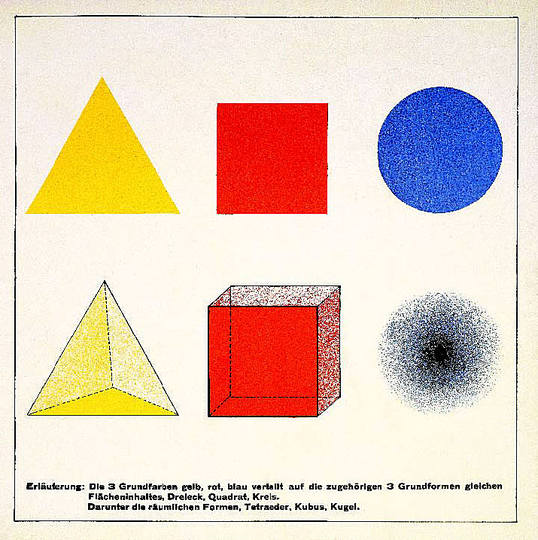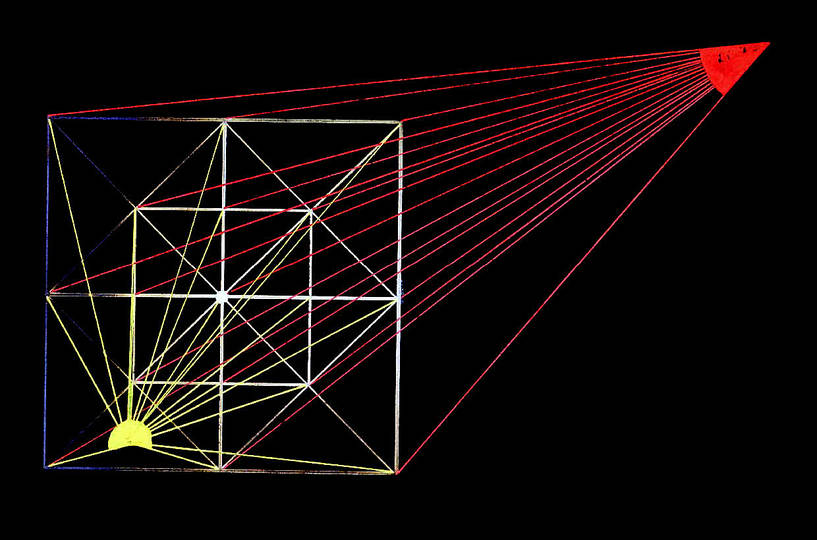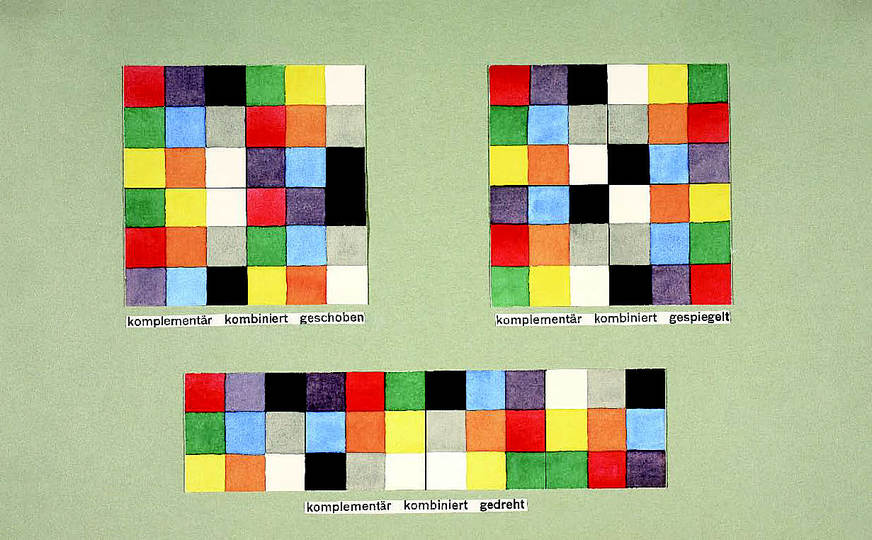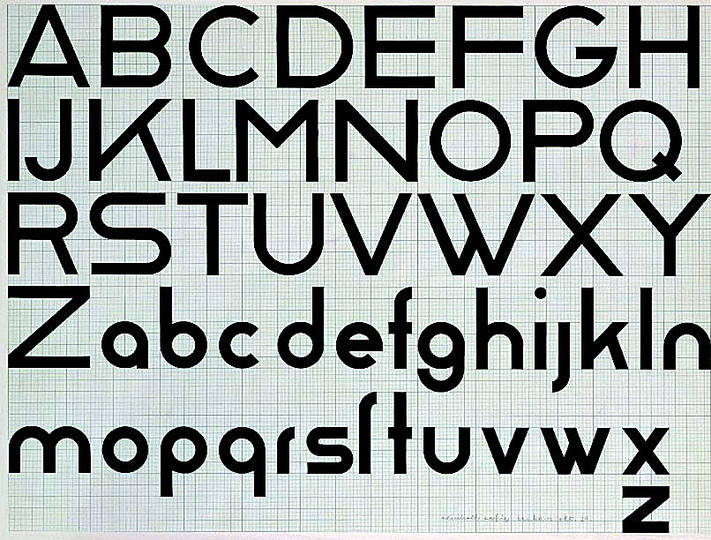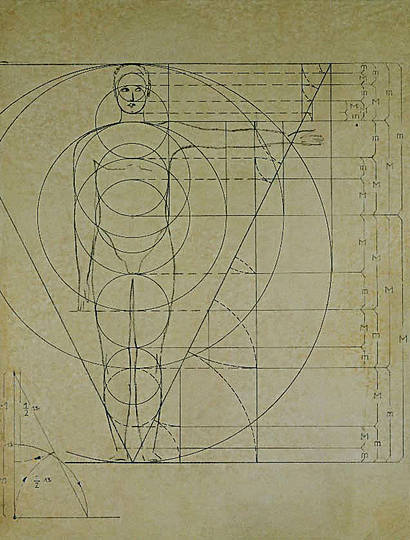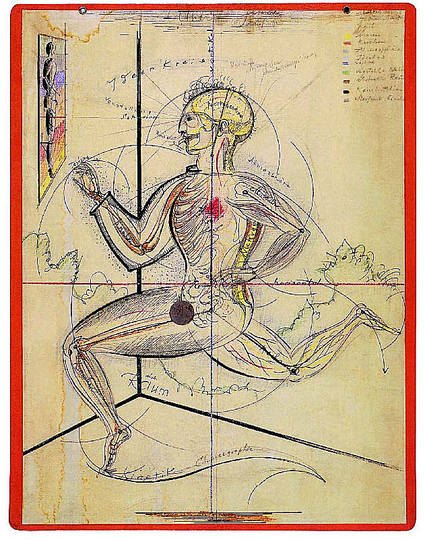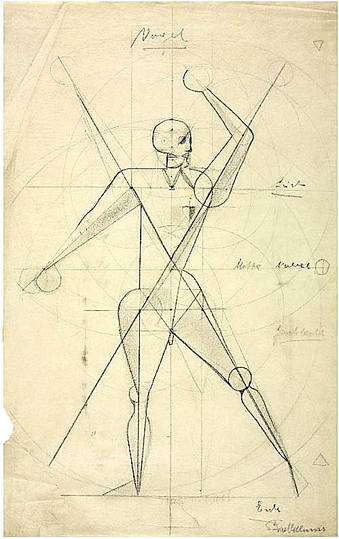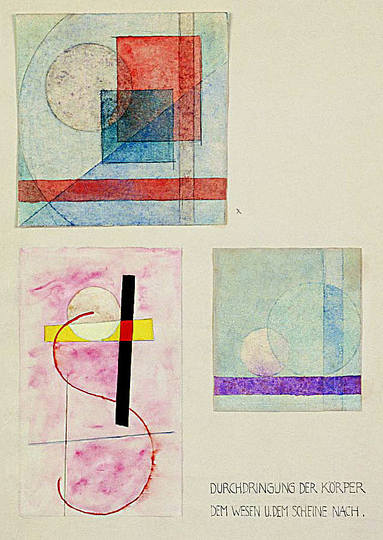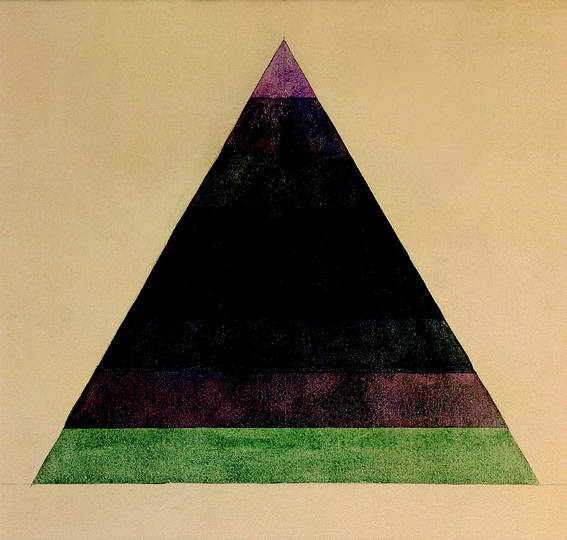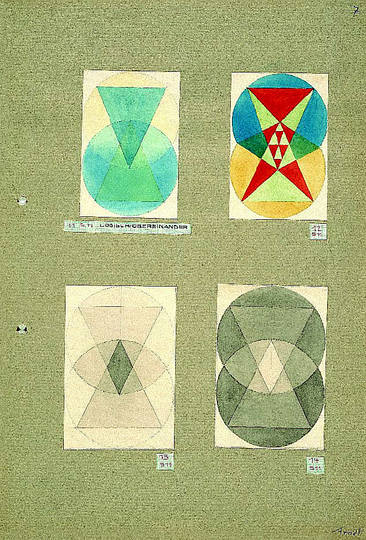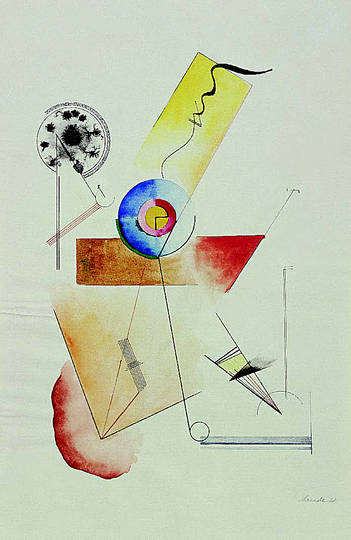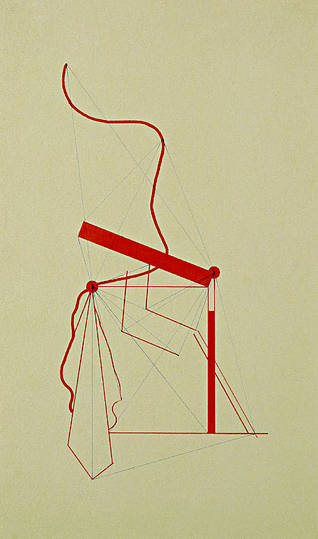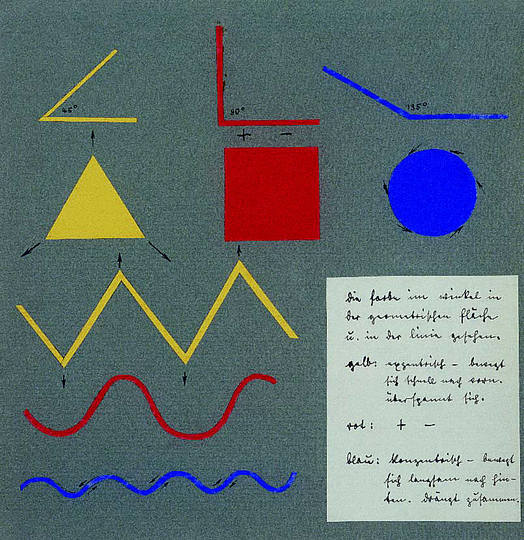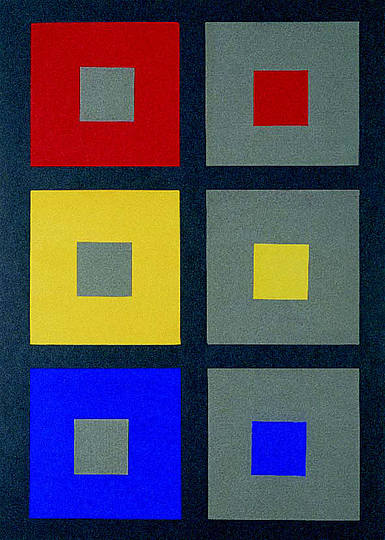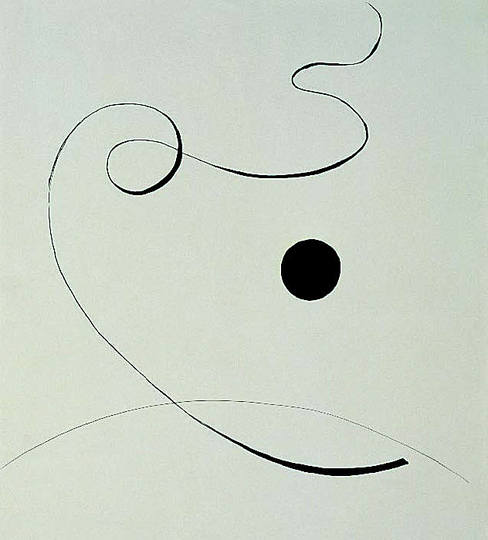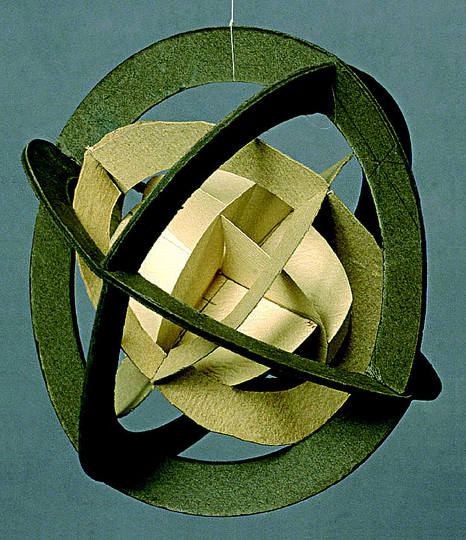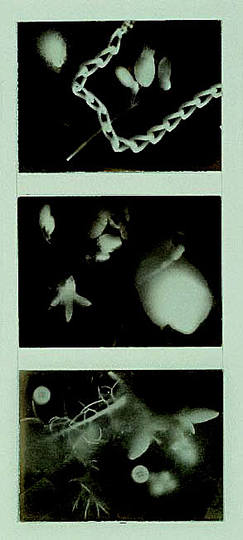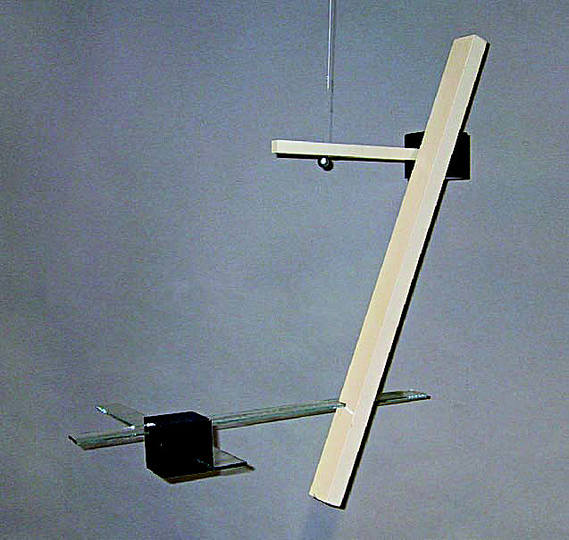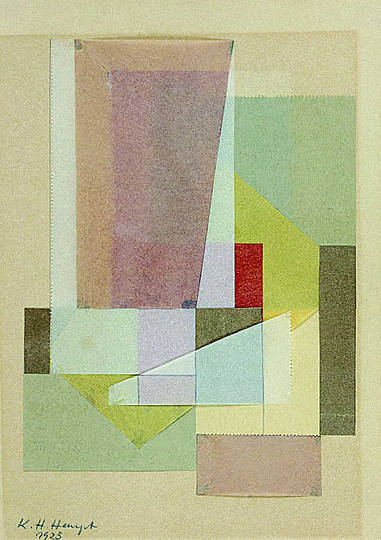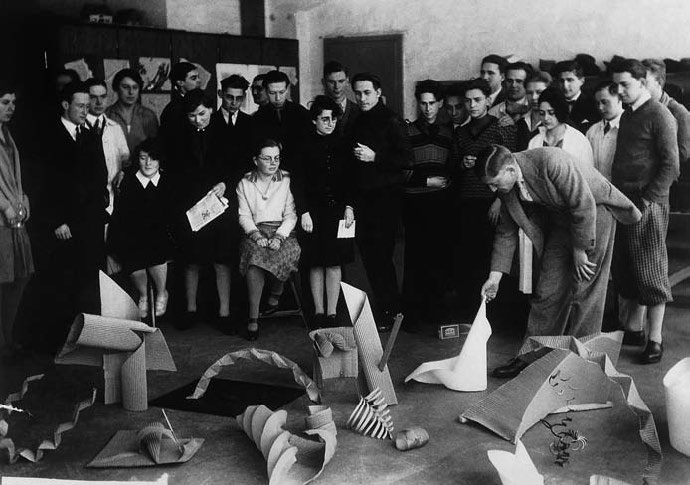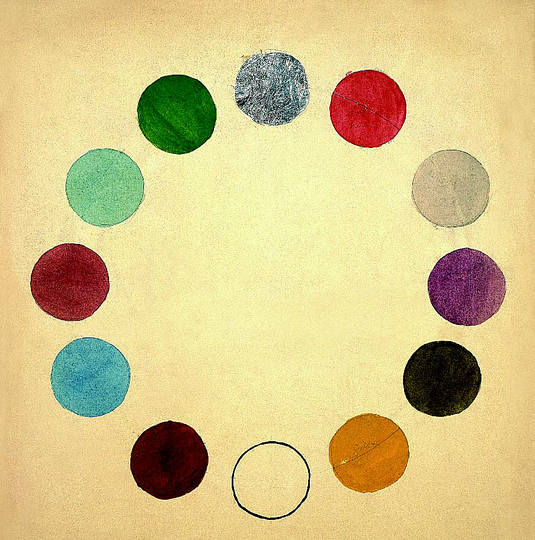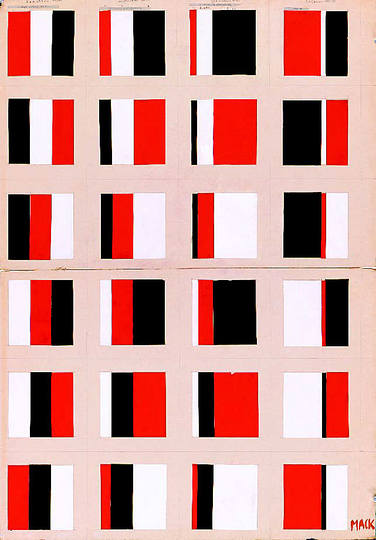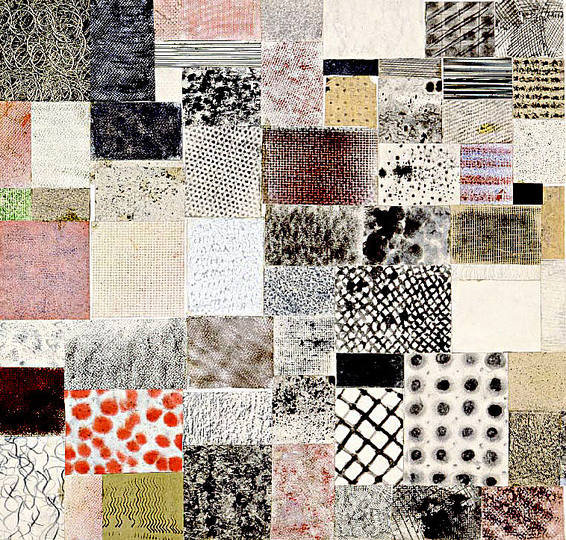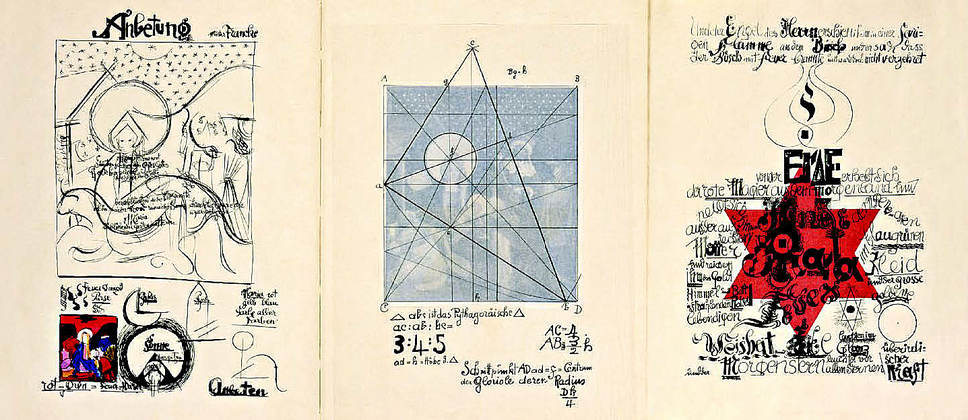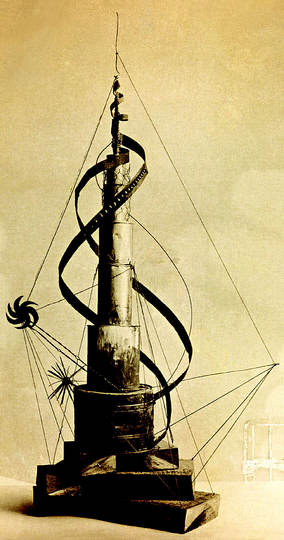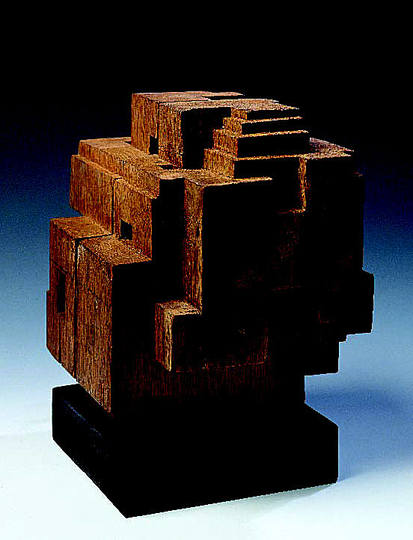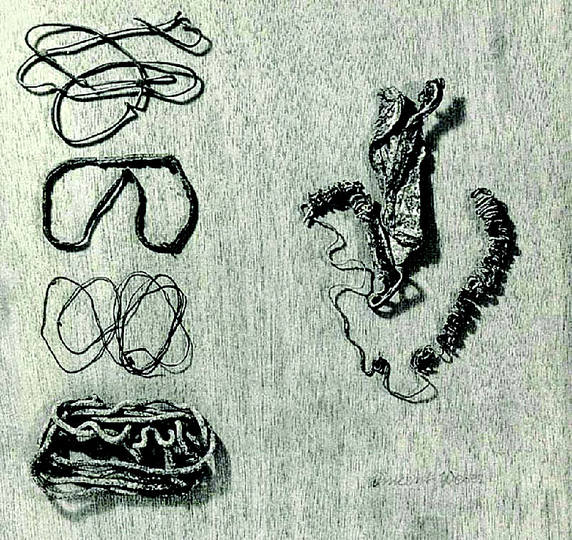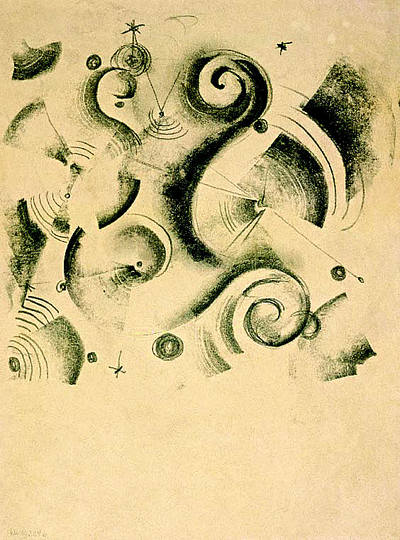Bauhaus: The Basic Course
Johannes Itten set himself three goals for his preparatory course teaching:
1. To free the creative forces and thus the artistic talent of the students. Individual experience and insights were to lead to real work. The students were to free themselves step by step from all dead conventions and pluck up the courage to do their own work.
2. To make the students’ choice of profession easier. Materials and texture practise were a valuable aid in this. Every student found out after a short period of time which material attracted him, whether glass, wood, stone, clay, metal or spinning products, stimulating him to creative activity.
3. Students were to be taught the basic laws of artistic design for their later artistic professions. The laws of form and colour opened the world of the objective to the students. In the course of their work, objective and subjective form and colour problems could intermingle in various ways.
Wassily Kandinsky dedicated a great deal of attention to colour theory in his complex, theoretical instruction programme, which was also delivered in a decidedly “teacher-centred” manner.
In Dessau, Albers taught twelve lessons on four mornings during the first semester, and Moholy-Nagy taught four lessons per week in the second semester.
For Paul Klee, colour theory was part of his “Artistic Form Theory”, which he taught beginning in the 1921/1922 winter semester. Klee, who gave crucial support to the Bauhaus through his contributions to basic artistic theory, developed his teaching programme “Artistic Form Theory” into “Design Theory” in 1924 to react to the increasing scientific-technical-economic orientation of the later Bauhaus in Dessau, calling it “Artistic Design Theory.” In contrast to Kandinsky and Hirschfeld-Mack, Klee started from blue, yellow and red as the three basic colours and determined, by means of pendulum movements, their reach into the periphery of the colour circle in order to finally arrive at his “canon of colour totality” according to his process of analysis and synthesis. Klee’s colour theory was based on movement theory principles.
Joost Schmidt was different from his teacher colleagues at the Bauhaus in his tendency towards the authentic, the systematic, logical and factual as well as scientific laboratory work. Yet he always kept the “psychological whole” of man in his mind, man who he tried to localise in the range between “earthly” and “cosmic”, and as part of the “all-space” with the help of adequate, sometimes esoteric, life philosophies.
Konrad Püschel, Movement of the centre in the square (yellow), and on the outside (red), study from the course with Paul Klee, 1925/26
Reingardt Voigt, Economy of Means, Complementary, Combined, Pushed, Rotated and Mirrored, study from the course with Paul Klee, 1929/30
Werner Kubsch, Malays in the Royal Circus, study from the preliminary course with Joost Schmidt, 1928
Friedrich Engemann, Canon of Human Proportions drawing after Albrecht Dürer’s Four Books on Measurement, study from the course with Oskar Schlemmer, 1927
Margaretha Reichardt, Interpenetration of Bodies according to their Nature and Appearance, study from the course with Paul Klee, 1928
Paul Klee, Diagram entitled Me-You-Earth-World, illustration for the essay Wege des Naturstudiums (Ways of Studying Nature), 1923
Reinhold Rossig, Colour Contrasts (simultaneous contrast of the primary colours), study from the course with Wassily Kandinsky, 1929/30
Marianne Brandt, Contrasts (Relativity of the Point), study from the course with Wassily Kandinsky, 1923
Konrad Püschel, Three balls of paper, folded and placed one inside the other, material study from the preliminary course with Josef Albers, 1926
Franz Ehrlich, Material relief on the theme of structure, texture and touch from the preliminary course with László Moholy-Nagy, 1927
Irmgard Sörensen, Floating construction from the preliminary course with László Moholy-Nagy, 1924 (Reconstruction)
Ludwig Hirschfeld-Mack, Proportions in White, Black and Red – Monotone Arithmetic and Geometric Series and the Golden Ratio, 1922/23
Johannes Itten, Veneration of Master Franke, print from Analyses of the Old Masters, in Utopia. Dokumente der Wirklichkeit (Documents of Reality) I/II, edited by Bruno Adler, Weimar 1921
Theobald Emil Müller-Hummel, Cube sculpture/light sculpture from the preliminary course with Johannes Itten, 1919/20
Rudolph Lutz, Study of composition and structure from the preliminary course with Johannes Itten, 1919
Inspirations.
Good art inspires; Good design motivates.
— Otl Aicher
— Otl Aicher
- penccil is free.
- No trackers. No cookies.
Just creativity.
